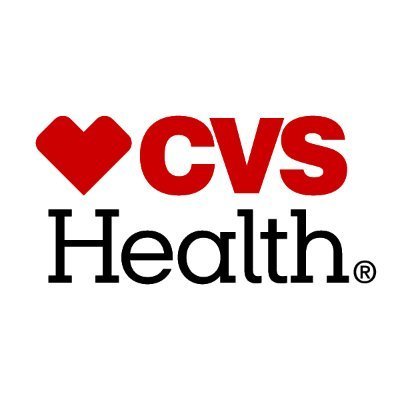
CVS Health Software Engineer Case Interview: Real‑Time Prescription Claims & Prior Authorization Platform
This CVS Health case mirrors real PBM and retail pharmacy workflows and assesses your ability to design a compliant, scalable, patient‑safe system. You will scope, design, and communicate a service that powers real‑time prescription claims adjudication at retail and mail order, orchestrates prior authorization (PA), and supports refills across channels (store, web/app, MinuteClinic/telehealth). Scenario prompt: - Build a service that: (1) receives an Rx claim from a retail POS or e‑prescribe feed, (2) performs eligibility/benefit checks, formulary/step‑therapy validation, and cost calculation, (3) handles PA initiation/decisioning when required, (4) returns a decision to the pharmacist in near real time with patient out‑of‑pocket, alternatives, and counseling flags, and (5) emits events for downstream analytics and care‑management programs. What CVS interviewers typically probe: 1) Clarifying requirements and domain depth - Stakeholders: member, pharmacist, prescriber, payer/plan (incl. Aetna and other plans), specialty pharmacy, care management. - Functional flow: eRx → claim (NCPDP D.0/SCRIPT) → adjudication rules → PA (if needed) → decision → refill reminders and adherence programs. - MVP vs. V1: retail flow first; add mail, specialty, telehealth, and complex coordination of benefits later. 2) API and data contracts - Example REST and events: POST /v1/claims/adjudicate, POST /v1/prior-auth/requests, GET /v1/members/{id}/formulary-options; ClaimDecisionEmitted event. - Standards mapping: FHIR (MedicationRequest/ClaimResponse) for clinical systems; NCPDP for pharmacy switches; drug data via NDC/RxNorm. - Idempotency keys, versioned contracts, backward compatibility for 9k+ stores. 3) Non‑functional requirements (with suggested targets for discussion) - Latency/SLOs: P95 ≤ 800 ms and P99 ≤ 1.5 s for retail POS decisions; 99.95% availability; graceful degradation with cached formulary. - Scale assumptions to reason about: millions of daily transactions, diurnal peaks (after‑work hours), 3× burst handling. - Reliability: retries with backoff, circuit breakers to external payers, exactly‑once or idempotent processing for claims. 4) Security, privacy, and compliance (CVS emphasis) - HIPAA “minimum necessary,” RBAC/ABAC, break‑glass workflows; PHI encryption in transit (TLS 1.2+) and at rest (field‑level/tokenization for sensitive identifiers). - Immutable audit logs (WORM), access auditing, incident response playbooks; vendor/partner BAAs; safe test data strategy. 5) Data model and storage choices - Core entities: Member, Plan, Formulary/Tier, Drug (NDC), Prescription, Claim, PriorAuth, Pharmacy, Provider. - Storage mix: transactional store for claims, policy/rules engine store, cache for formulary & eligibility, events in Kafka/Kinesis for analytics and care gaps. 6) Integration and change management at CVS scale - NCPDP switch connectivity; EHR/eRx vendors; payer rules engines; feature flags and dark launches; blue/green for store‑integrated services; offline/queueing at store if WAN is degraded. 7) Observability and operational excellence - PHI‑safe logging, traces, SLO dashboards; business KPIs CVS cares about: decision latency at POS, claim reversal rate, PA auto‑approval %, adherence uplift; on‑call runbooks and automated rollbacks. 8) Accessibility and patient experience - WCAG‑compliant member portals, language support, clear price transparency, substitution counseling and out‑of‑stock handling. What “good” looks like at CVS Health: - Clear tradeoffs (consistency vs. availability), pragmatic sequencing, compliance‑by‑design, empathy for pharmacist workflow, and crisp communication using simple diagrams. Expect the interviewer to push on HIPAA nuances, auditability, and real‑world edge cases (DAW codes, split billing, secondary coverage, 340B, controlled substances). Deliverables during the interview: - Requirements summary, high‑level architecture, key APIs/events, data model sketch, scaling/partitioning approach, failure/DR story, and a brief rollout plan across thousands of stores.
8 minutes
Practice with our AI-powered interview system to improve your skills.
About This Interview
Interview Type
PRODUCT SENSE
Difficulty Level
4/5
Interview Tips
• Research the company thoroughly
• Practice common questions
• Prepare your STAR method responses
• Dress appropriately for the role